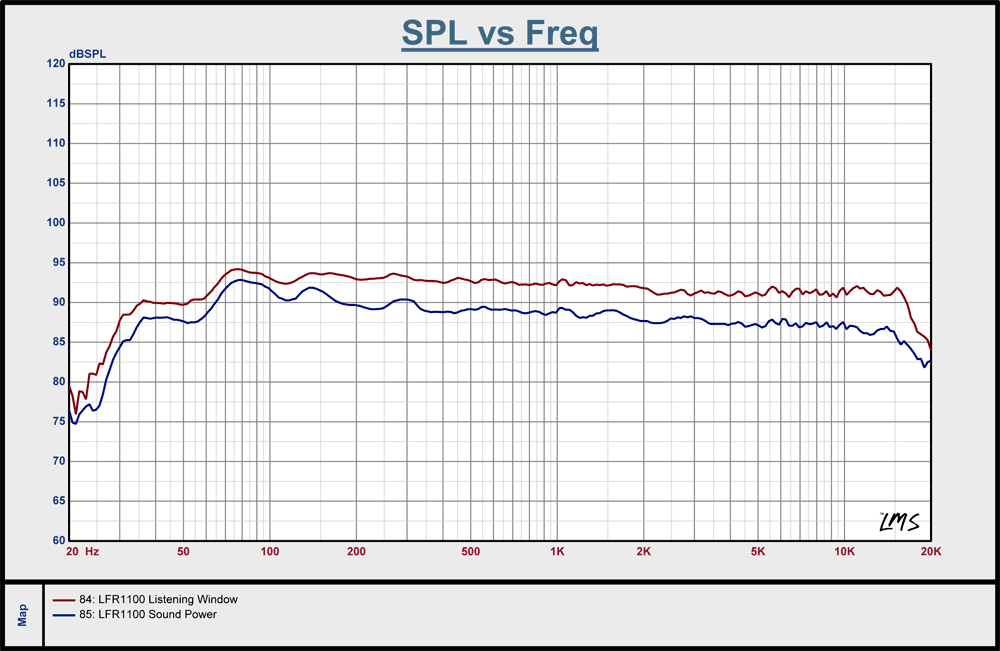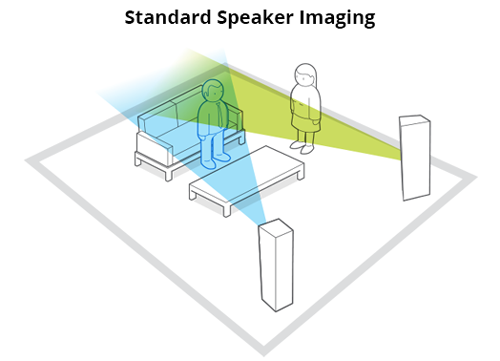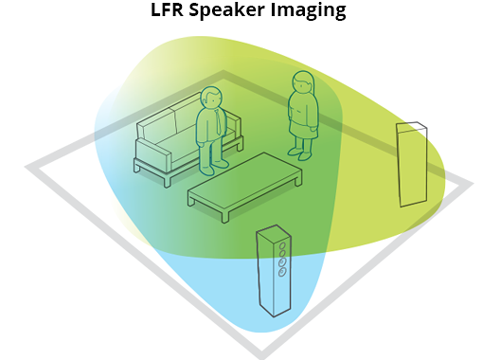So often I am asked what can be done to achieve the best audio experience, as I am sure most of you are too. I think there are three main things you need to have; dynamics, neutrality, and imaging. These are the things that can make you feel like the artists are in the room with you. Dynamics are very much a function of both the amplifier and the speakers; you need enough power and dynamic headroom to never hit the limits of the amplifier and you need speakers that can handle it without straining. The other two, neutrality and imaging, are very much attributes of the speakers (the family of curves to put a finer point on it). The way I am achieving this audio nirvana is a pair of LFR1100s hooked to big ADA1500 amplifiers. With this said I have been thinking about how to get more people experiencing our LFR series omnidirectional speakers combined with big power. For those of you who already own them I think you can appreciate why this would make for some very happy customers.
It is always tough to explain what the experience is like listening to LFRs. They are not the traditional Bi-pole or Di-pole omnidirectional speakers. This is because we are controlling the front and rear outputs independently with the goal to make the listening window and sound power curves perfect (the family of curves to put a finer point on it). Here is the graph of the LFR1100s to demonstrate what is going on with the listening window and sound power:

The overall tonal balance is not disturbed doing this; they sound tonally like improved versions of the M60s, M80s, or M100s but the soundstage becomes incredibly 3-Dimensional; it is really cool to experience.
There are other attributes about the LFRs that make them exceptional. The ease that they handle dynamics is exceptional with all those drivers in place sharing the load. And then there is the ability to walk around the room and never leave the sweet-spot. It is like the sweet-spot is following you around. We tried to come up with a little graphic to show this:


Then there is the advantage of the added amplification. This I think can be viewed both ways, as having the DSP and the extra amp channels also adds a level of complication and expense to the equation. But these things aside, there is nothing better than lots of power if you want to crank things up a bit. Turning it up and hitting the dynamic limits of your receiver is downright painful but turning it up and it having it just get more dynamic is heaven. I am now getting into running a separate ADA1500-2 for each my right and left LFR1100, though this could be considered borderline lunacy.
Now it comes down to how to make the decision to go with LFRs as easy as possible. We have decided to make adding the amplifier to an LFR purchase a bundle price and give 25% off the cost of the amp when purchased with a pair of LFRs. I am also thinking about doing a one-time special offer of allowing the full amount you paid, no matter how long ago you purchased, for any trade-up to the equivalent or higher model in the LFR line.
Does any of this sound enticing?



